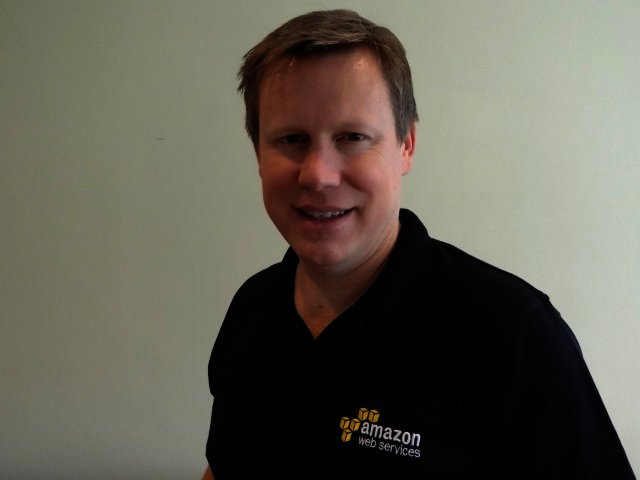By Michael Needham, Senior Manager Solutions Architecture - CIS Russia, Middle East, Africa, Amazon Web Services
It is increasingly apparent that we are living through an age of rapid, unprecedented change. From the last decade of the previous century to today we have seen technology grow exponentially, to such an extent that the focus on IT has moved from a behind the scenes function, to the forefront of every business’s consideration.
Back in the early 90s, no-one could have fully predicted what a wide reaching impact the internet would have had a mere ten years later, not to mention 20 years on. Now we are poised for yet another significant information revolution whose ends we cannot as yet fully fathom.
Laying claim to the honour of being the next steward of change is the Internet of Things (IoT). While it is expected to join the likes of cloud, big data and agile business as a movement that is reshaping businesses, IoT may prove to be an even more significant game changer.
According to research from International Data Corporation (IDC), the international IoT market is set to grow to a staggering $1.7 trillion in 2020. For the same year, Gartner predicts that 20.8 billion connected “Things” will be in use.
Considering that during Q3 2015, 3.8 million smartphones were sold per day, Gartner’s forecast of 5.5 million new “Things” getting connected every day of 2016 is significant. In this light, clearly IoT is set to see an even greater proliferation in the years to come.
Where the rubber meets the road
The difference between being a business at the turn of the previous century, ahead of the burgeoning growth of the internet, and being a business today, ahead of all the possibilities IoT portends, is that companies can at least prepare themselves for the next wave of change. Part of this entails being cloud savvy and having a working relationship with a cloud provider. Indeed, the cloud and IoT are in a symbiotic relationship, and it could be asserted that IoT would be little more than a pipe dream without a stable cloud backing it up. No less important is having strategies in place to reap value from data, particularly as IoT will deliver volumes of data from billions of devices like we have never seen before.
To this end, Amazon Web Services (AWS) recently released its new cloud platform: AWS IoT. This offering ensures consistent connectivity and communication between hardware, thus offering the same degree of reliability that Amazon Web Services is delivering. The platform further addresses one of the greatest priorities of IoT, specifically that of security, by ensuring that all exchanged data is securely encrypted.
Additionally, AWS IoT addresses two issues previously facing IoT infrastructure, namely the loss of power and intermittent connectivity in certain areas. Both of these can have a serious impact on structural performance in developing countries.
It does so by enabling the creation of a persistent, virtual version, or “shadow”, of each device. This includes the device’s latest state in order for applications or other devices to read messages and interact with it. The Device Shadows continue the last reported state and desired future state of each device even when it goes offline, such as when connectivity is lost.
Furthermore, the AWS IoT Device SDK makes it easy for devices to synchronise their state with its shadow, which makes operations smoother when power or connectivity temporarily fails. It also means that certain regions are not automatically precluded from benefiting from the enhancements IoT will bring.
Concluding thoughts
Finally, businesses hoping to take advantage of the upcoming wave of change, and the opportunities IoT will bring, would do well to refrain from viewing IoT as an isolated development. All indications are that, like the internet, it too will touch everything and everyone in ways that are expected and as well as unanticipated. From everyday items such as fridges and vehicles used by consumers, to those things that we take for granted, such as streetlights, IoT will likely affect their management for the better.
Moreover, IoT’s usefulness will also extend and have a potentially dramatic impact on the efficiency of industries, such as the utilities, transportation, oil and gas, and manufacturing sectors, to name just a few.
For those vendors seeking to provide IoT applications, we strongly suggest they consider the stability and strength of their cloud provider and partner with a company that has a proven track record. No less important is being cognisant of the security implications and confident in maintaining security as a priority.
Whether a vendor of IoT applications or just an everyday consumer, the advent of IoT should be embraced. As IDC has noted, the emergence of the IoT ecosystem is a key component of the “digital transformation revolution” starting to take place in South Africa, and is set to only accelerate the process. This should be a change that is enthusiastically welcomed by us all.





